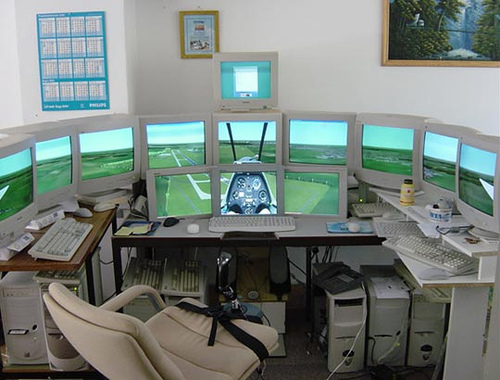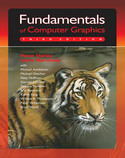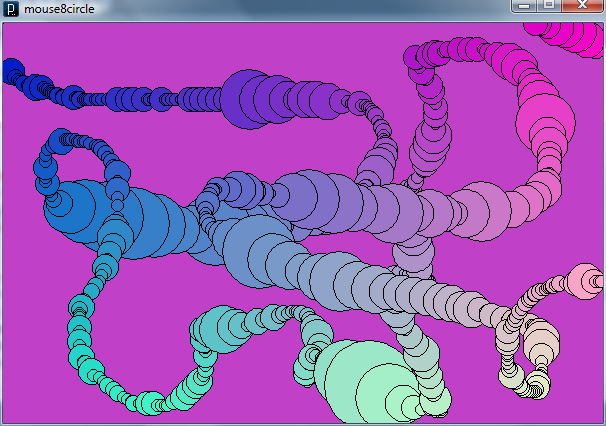- The first three are from Geeks3D, which is a worthwhile site I frequently reference. First: some noise textures, in case you don’t feel like making some yourself.
- Next, a night-vision filter in GLSL, developed with their GeeXLab tool for prototyping shaders.
- Finally, PyOpenGL_Lab, which calls OpenGL from Python. Interpreted languages like Python are lovely in that there’s no compilation step, making experimentation much more rapid. If you’re a Perl person, there’s this module.
- Daniel Rákos has an article about how to perform instance culling using the GPU, using OpenGL 3.2. The basic idea is to run the bounding volumes through the geometry shader for frustum culling and pipe out results as transform feedback, which is then used in a second pass for which instances to actually render. This type of technique has been done using DirectX (e.g., Froblins), Daniel shows how to do it in OpenGL and provides source.
- Aras Pranckevičius has a worthwhile post on deferred rendering and mipmap bugs, along with some good follow-up comments.
- John Ratcliff’s Code Suppository has lots of little handy graphics code tidbits and chunks. It’s moving here and here on Google Code, but the original page is much easier to skim.
- Wolfgang Engel provides a nice little page of books and resources he recommends for upcoming graphics programmers, with some good follow-up comments. I hadn’t heard of the 3D Math Primer before. It gets high ratings on Amazon, and you can use Look Inside. Skimming it over, it does look like a good book, covering many topics with the space they deserve (vs. our sometimes quick zoom through them in our own book). Code snippets are also given throughout. The book mentions “The First Law of Computer Graphics,” but unfortunately the pages explaining it are blocked. Happily, I found it on Google Books: “If it looks right, it is right”. Whew, good, I honestly was concerned there was some law I had been breaking all these years.
… and I’m all caught up, my queue is empty! Well, there will be a special post tomorrow.



